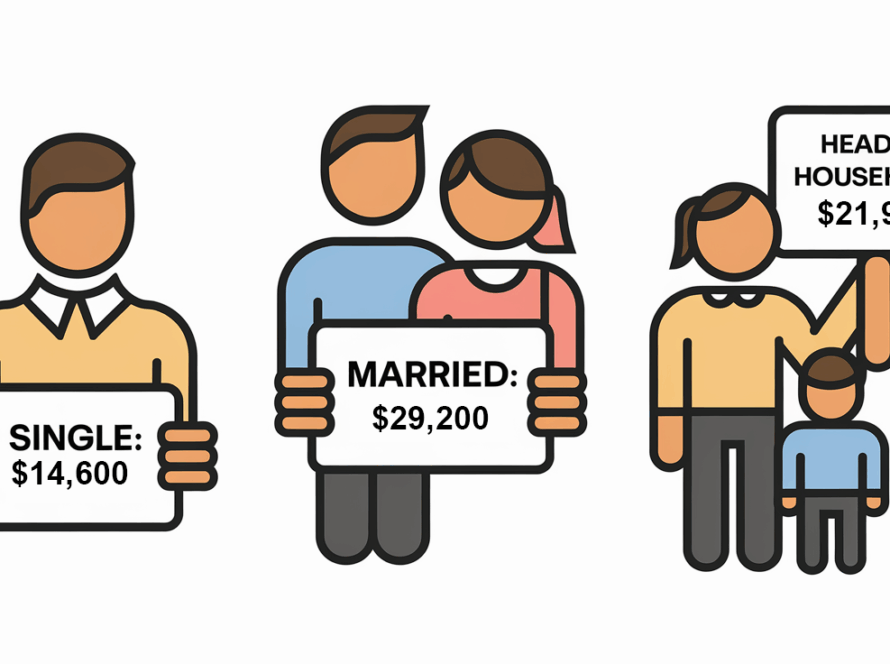When tax season rolls around, two terms often cause confusion: tax credits and tax deductions. While both can reduce your tax bill, they do so in different ways. Understanding the distinction between the two can help you maximize your savings and make informed decisions when filing your taxes.
What is a Tax Credit?
A tax credit is a dollar-for-dollar reduction of the amount of tax you owe. This means if you have a tax credit of $1,000, your tax bill decreases by exactly $1,000.
There are two main types of tax credits:
- Nonrefundable Tax Credits: These can reduce your tax liability to zero but won’t result in a refund if the credit exceeds the tax owed.
- Refundable Tax Credits: If the credit amount is more than what you owe in taxes, you’ll receive the excess as a refund. A common example is the Earned Income Tax Credit (EITC).
What is a Tax Deduction?
A tax deduction reduces your taxable income, which in turn lowers the amount of tax you owe. Deductions are subtracted from your gross income to calculate your taxable income. The actual tax savings depend on your marginal tax rate.
For example, if you’re in the 22% tax bracket and claim a $1,000 deduction, your tax bill decreases by $220 ($1,000 x 22%).
Tax Credit vs. Tax Deduction: An Example
Let’s illustrate the difference with a simplified example:
- Scenario A: Tax Credit
- Taxable Income: $50,000
- Tax Owed (before credit): $6,000
- Tax Credit: $1,000
- Tax Owed (after credit): $5,000
- Scenario B: Tax Deduction
- Taxable Income: $50,000
- Tax Deduction: $1,000
- New Taxable Income: $49,000
- Tax Owed (after deduction): Approximately $5,780 (assuming a 22% tax rate)
- Tax Savings: $220
In this example, the tax credit provides a larger tax savings than the deduction.
Maximizing Your Tax Benefits
Both tax credits and deductions can significantly impact your tax situation, but choosing the best option depends on your individual circumstances. Some taxpayers may qualify for multiple credits and deductions but may face limitations based on income levels or other criteria.
Tips to Consider:
- Consult a Tax Professional: Tax laws can be complex. A professional can help you identify which credits and deductions you’re eligible for and how to claim them.
- Stay Informed: Tax regulations change frequently. Keep up-to-date with the latest tax credits and deductions available for the current tax year.
Conclusion
Understanding the difference between tax credits and tax deductions is essential for effective tax planning. While tax credits directly reduce the amount of tax you owe, deductions lower your taxable income. Both can offer significant savings, but tax credits often provide a greater benefit.

